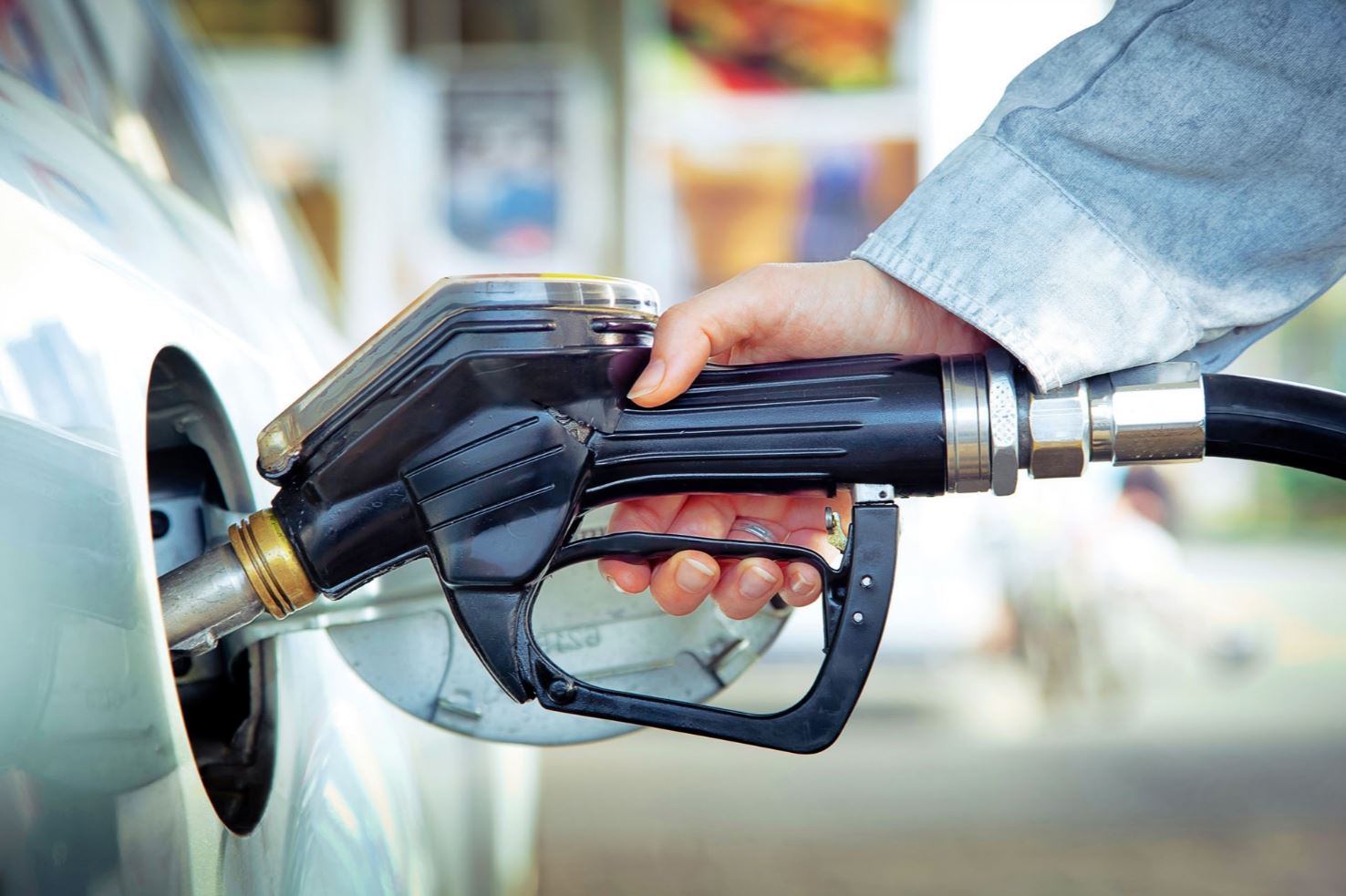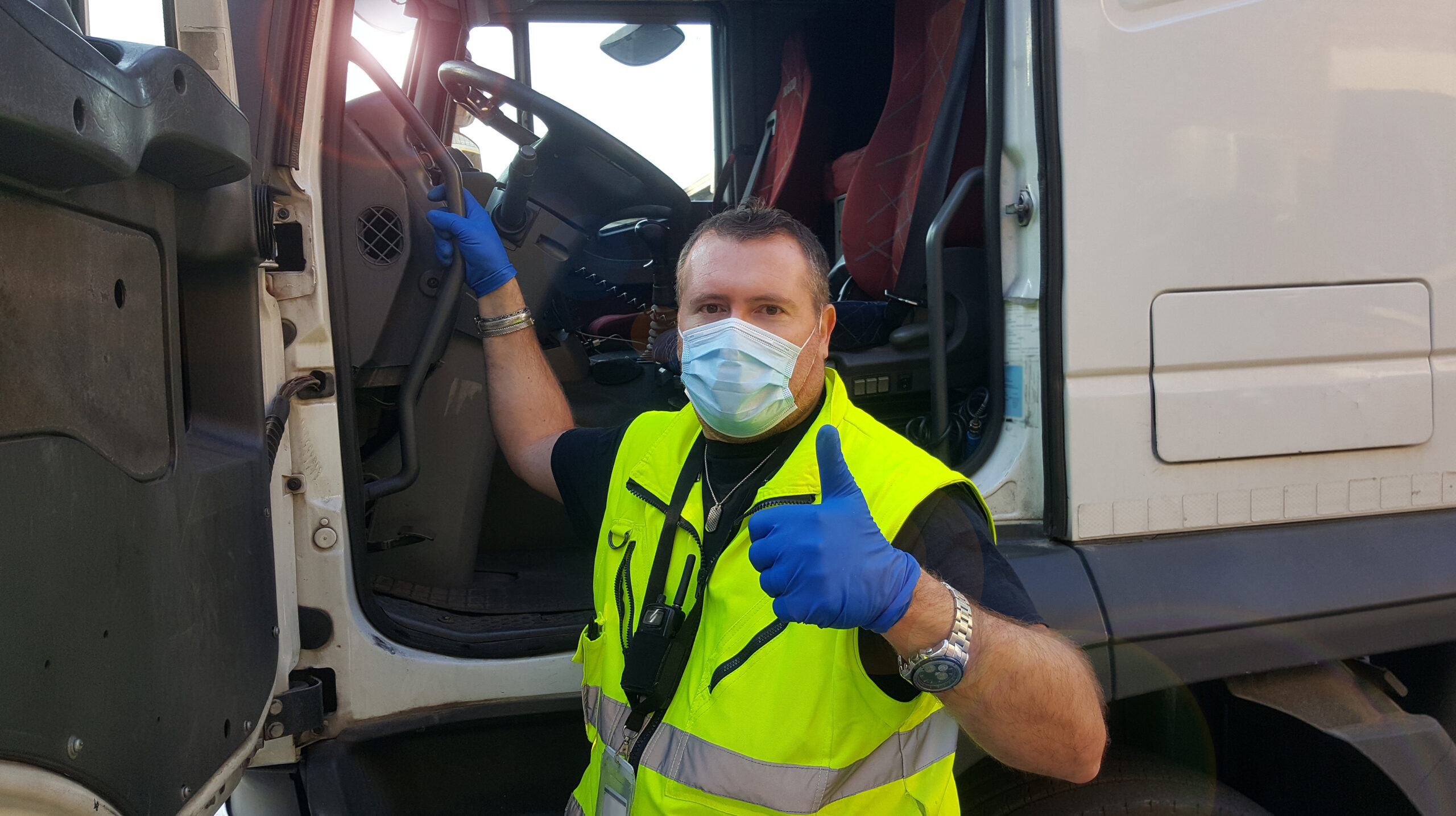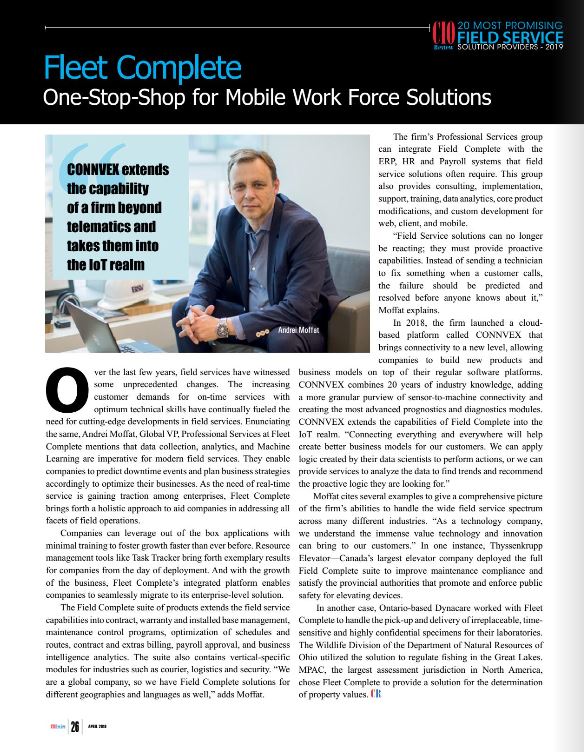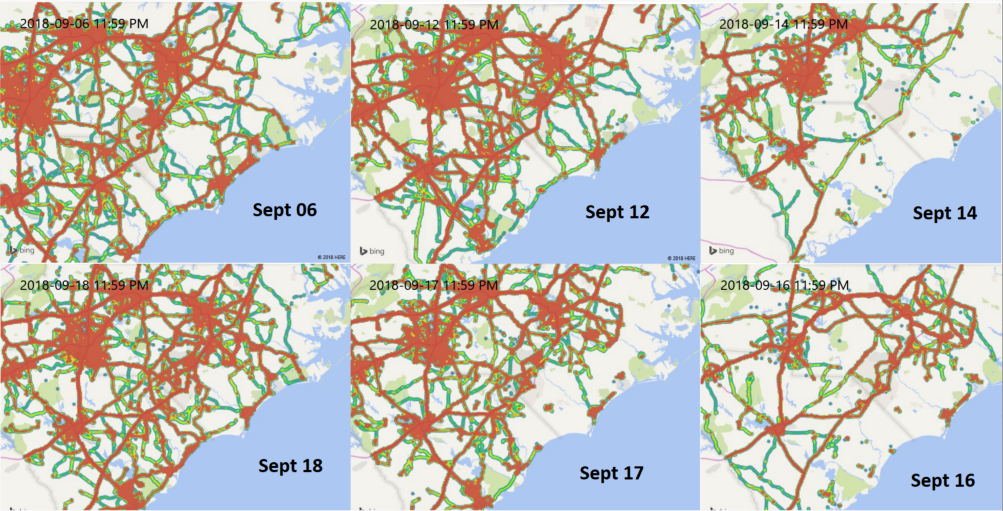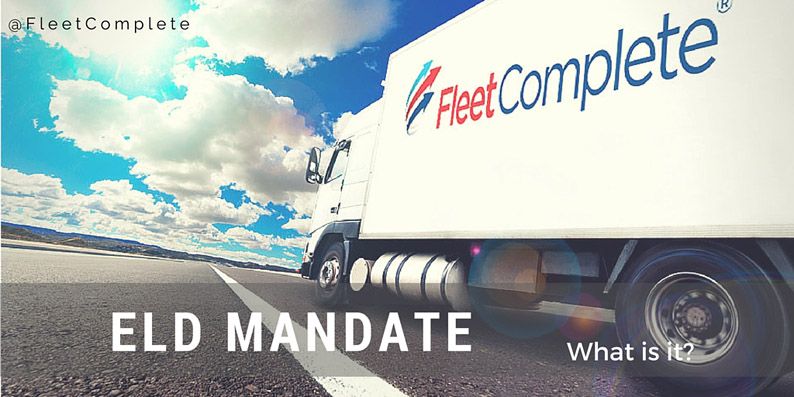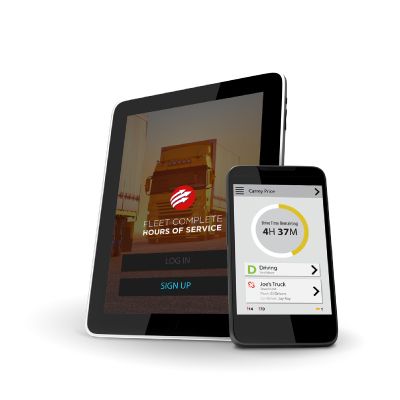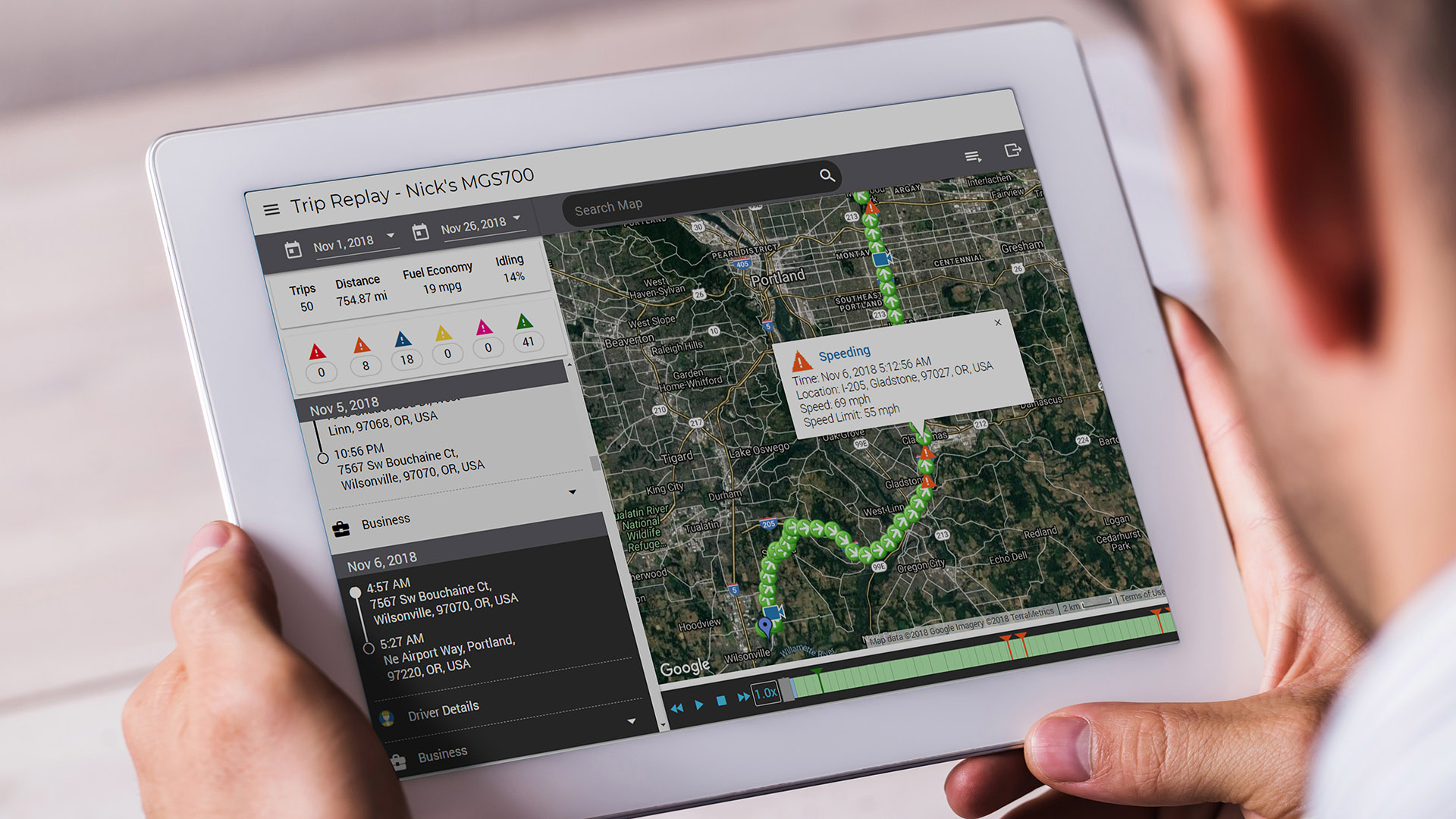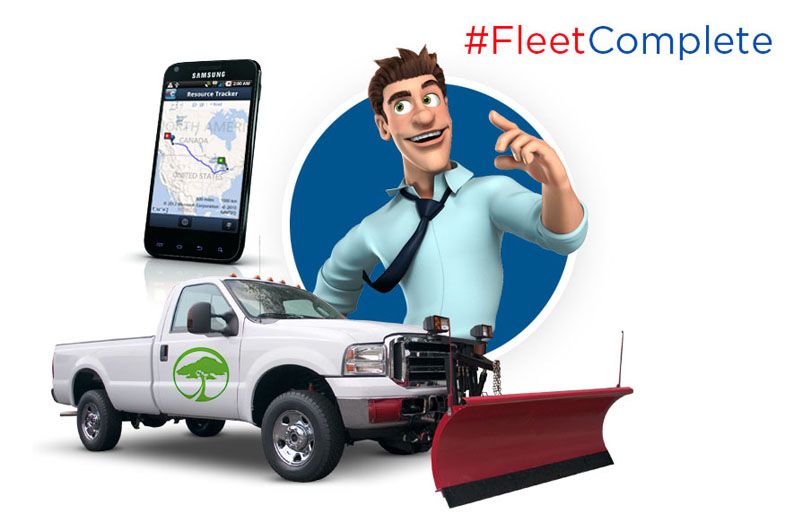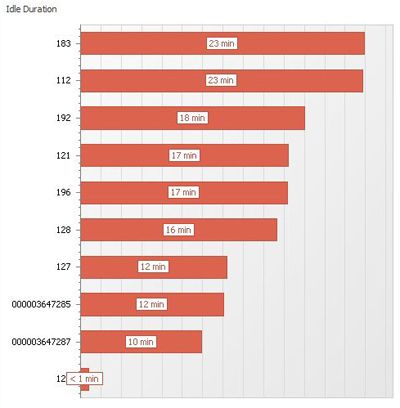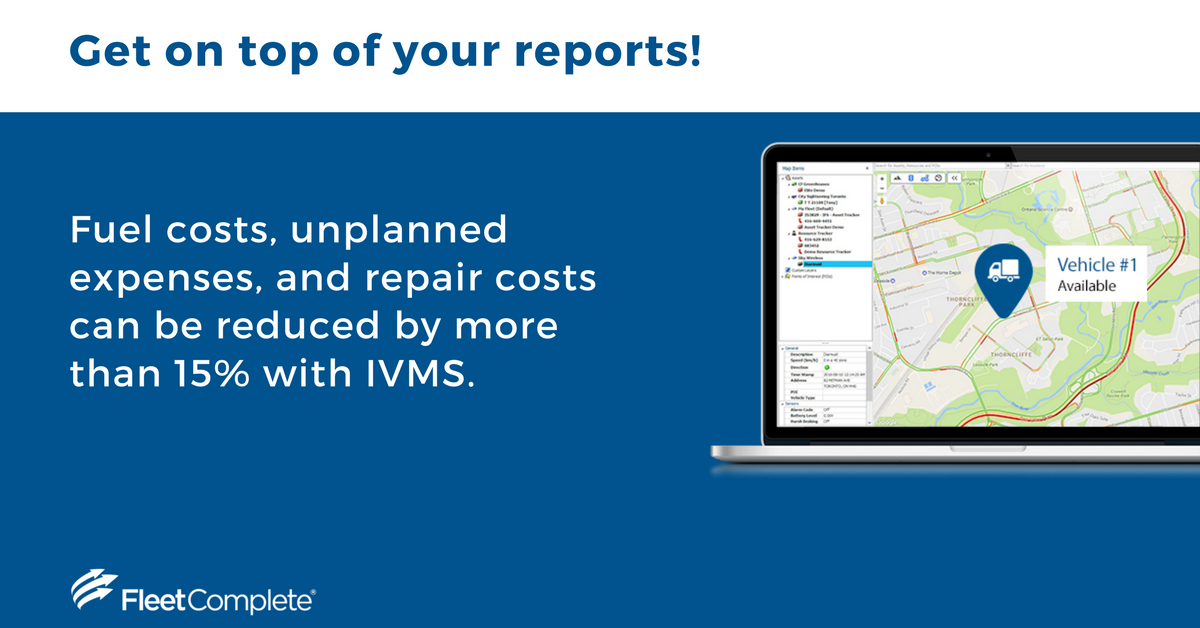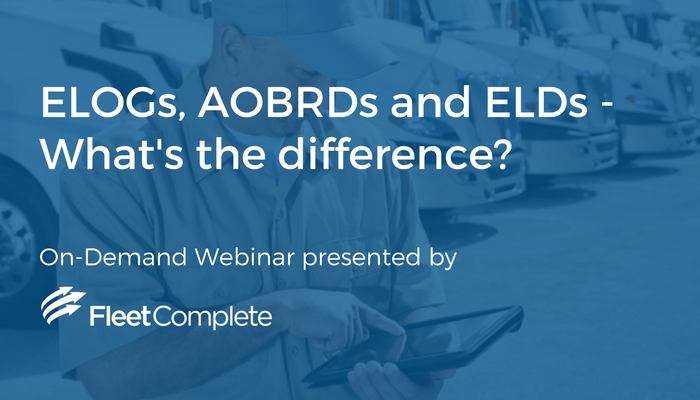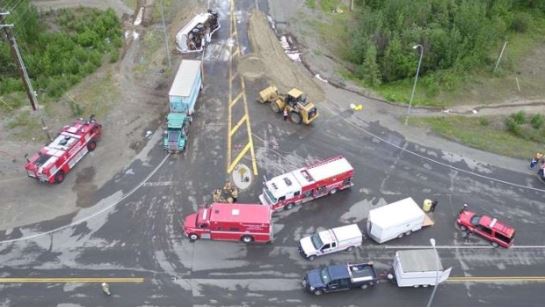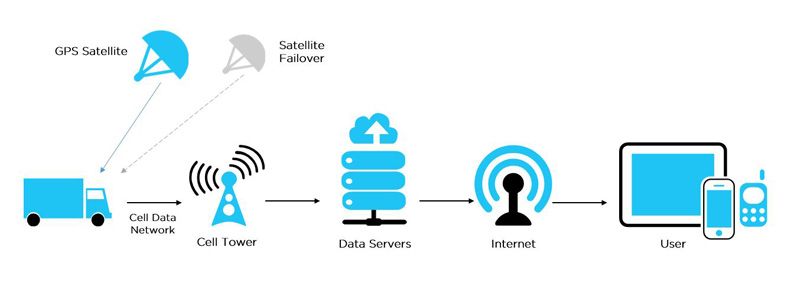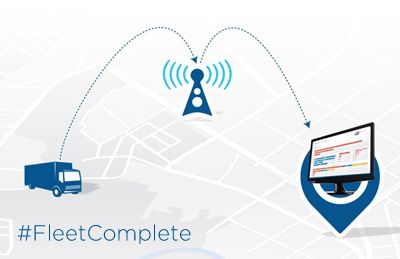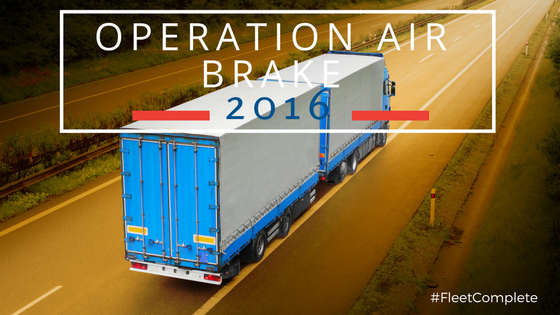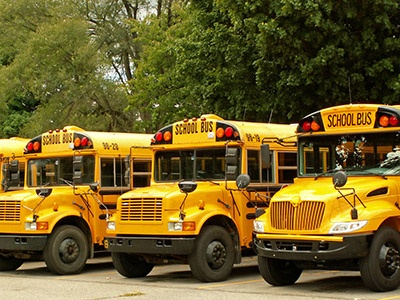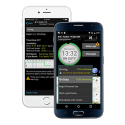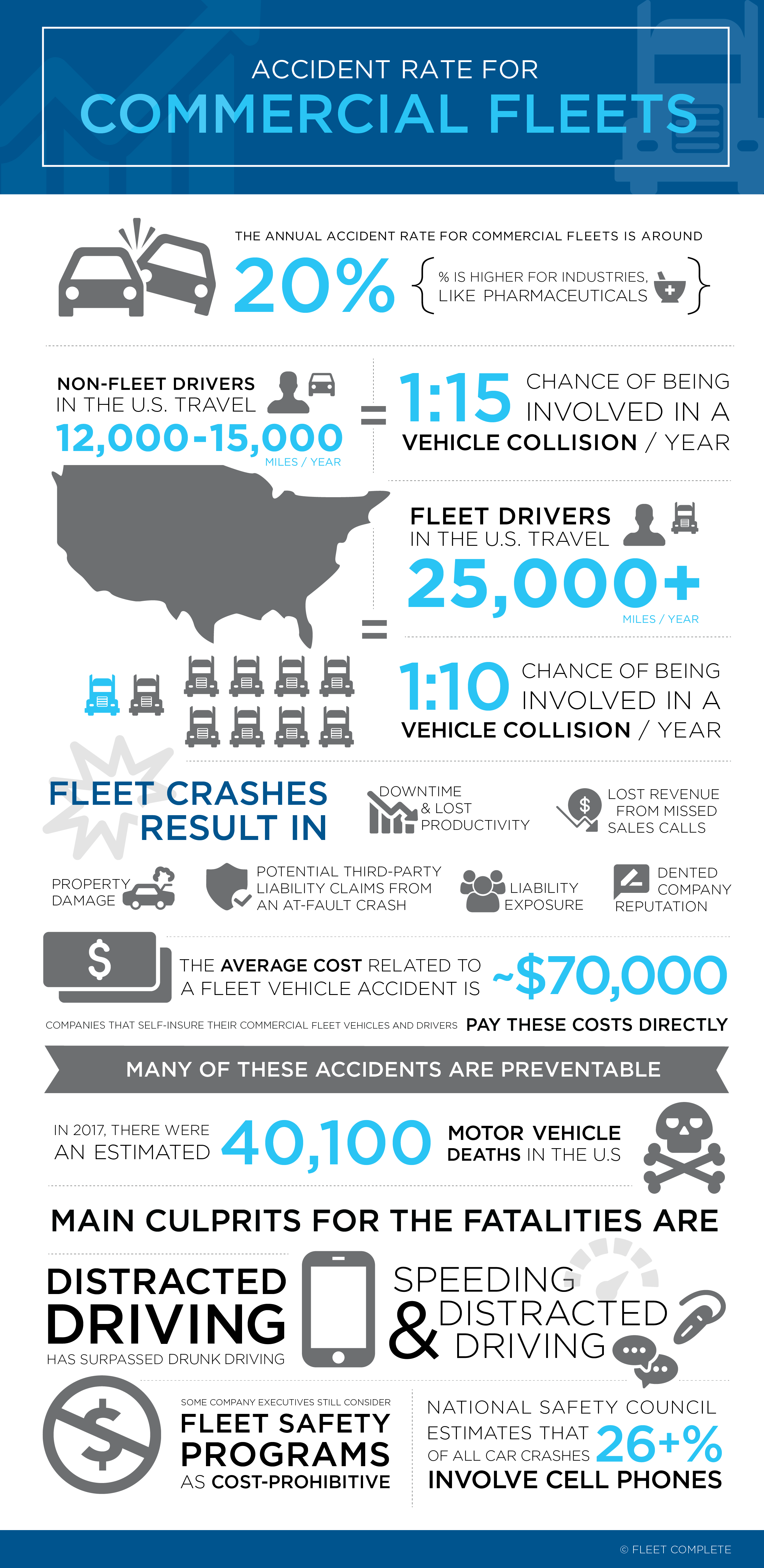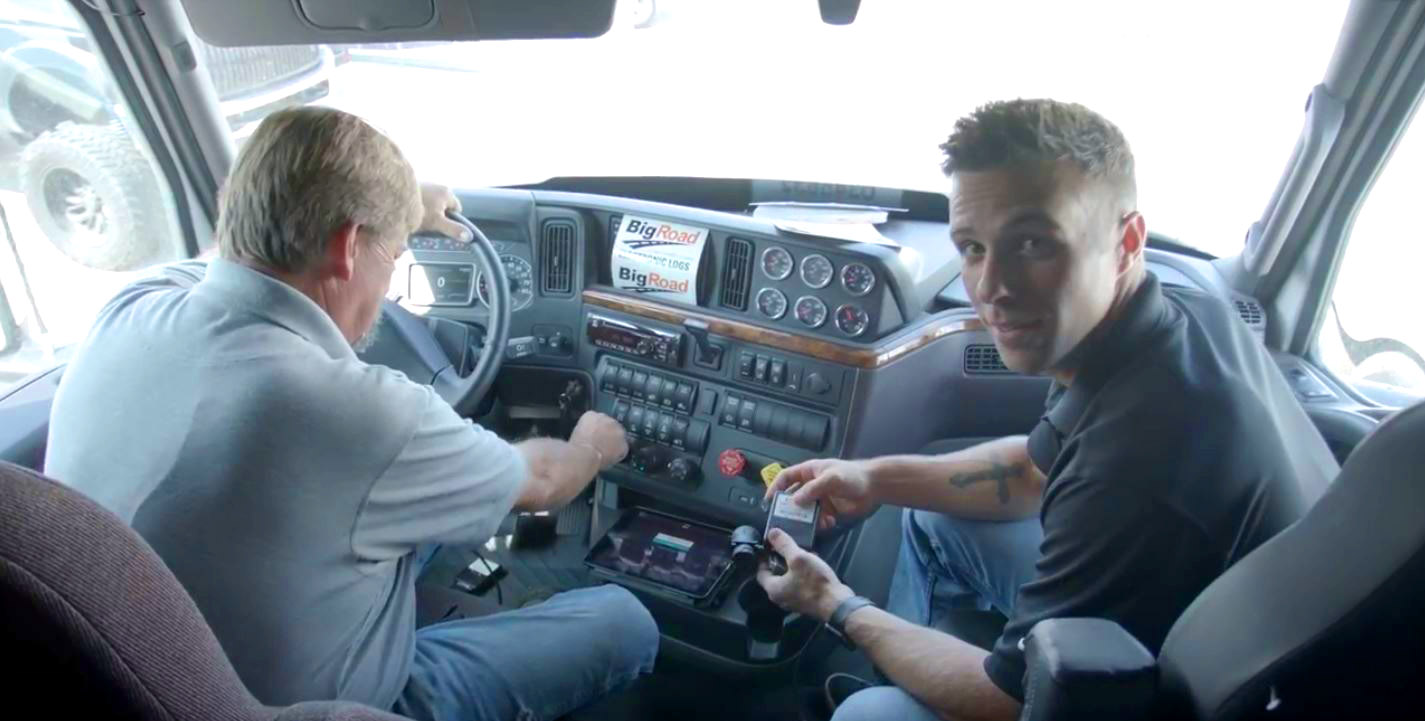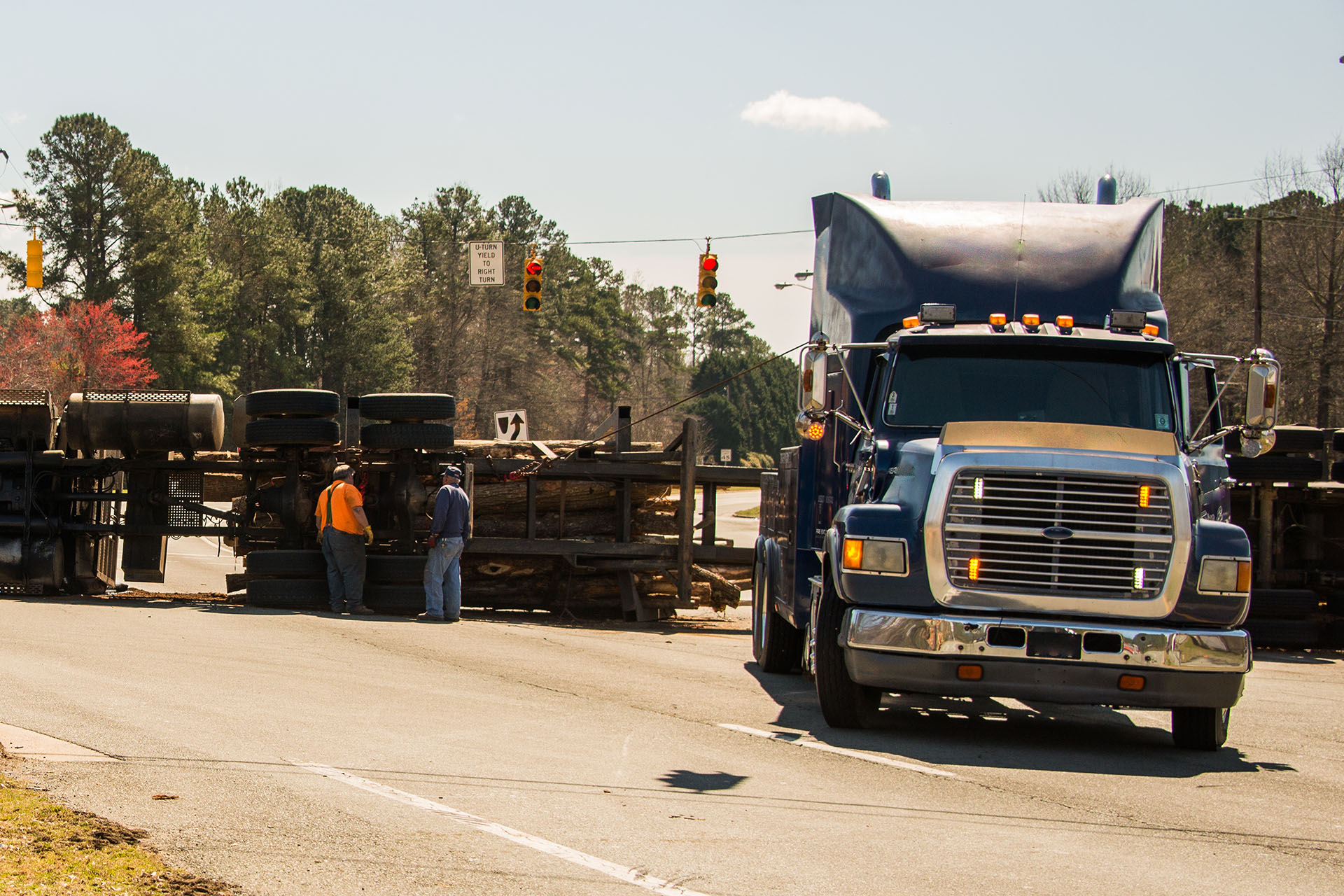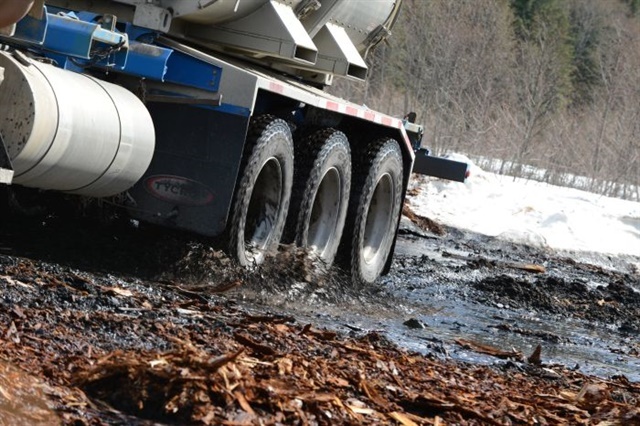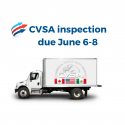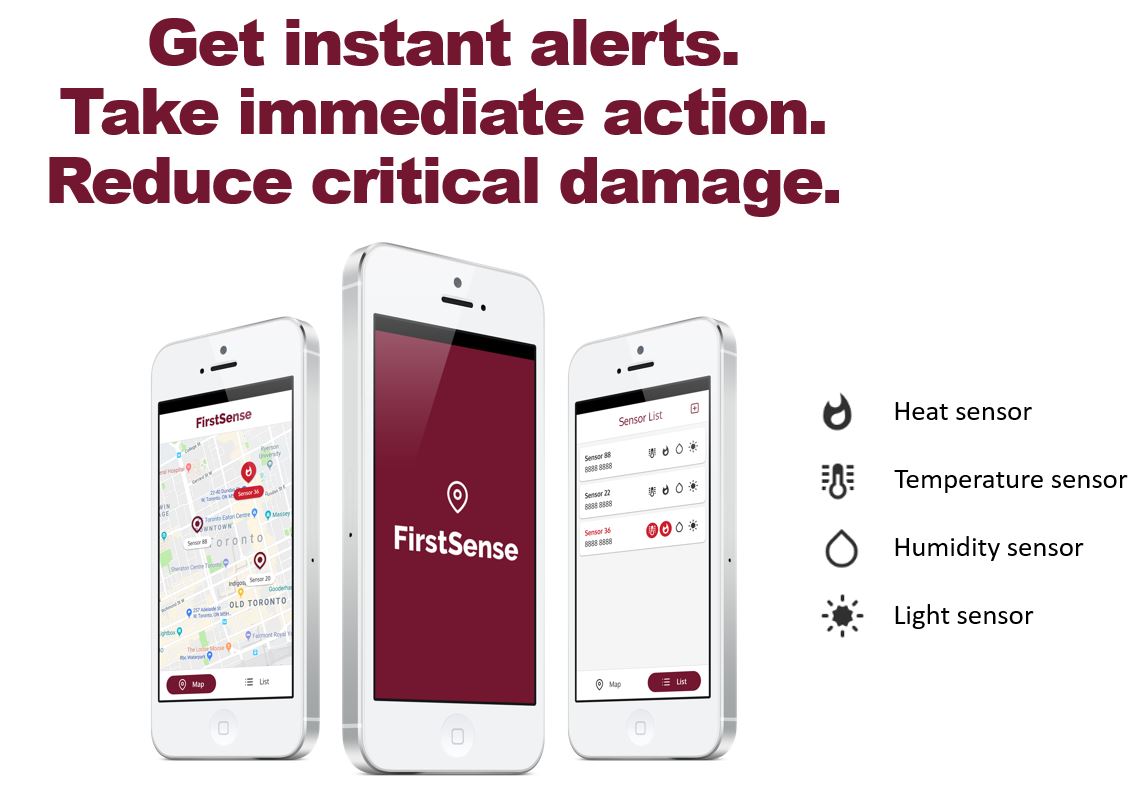In light of the tragic events due to Hurricane Harvey 2017, I would like to raise awareness to the Federal Motor Carrier Safety Authority’s list of exemptions and emergency conditions in the United States.
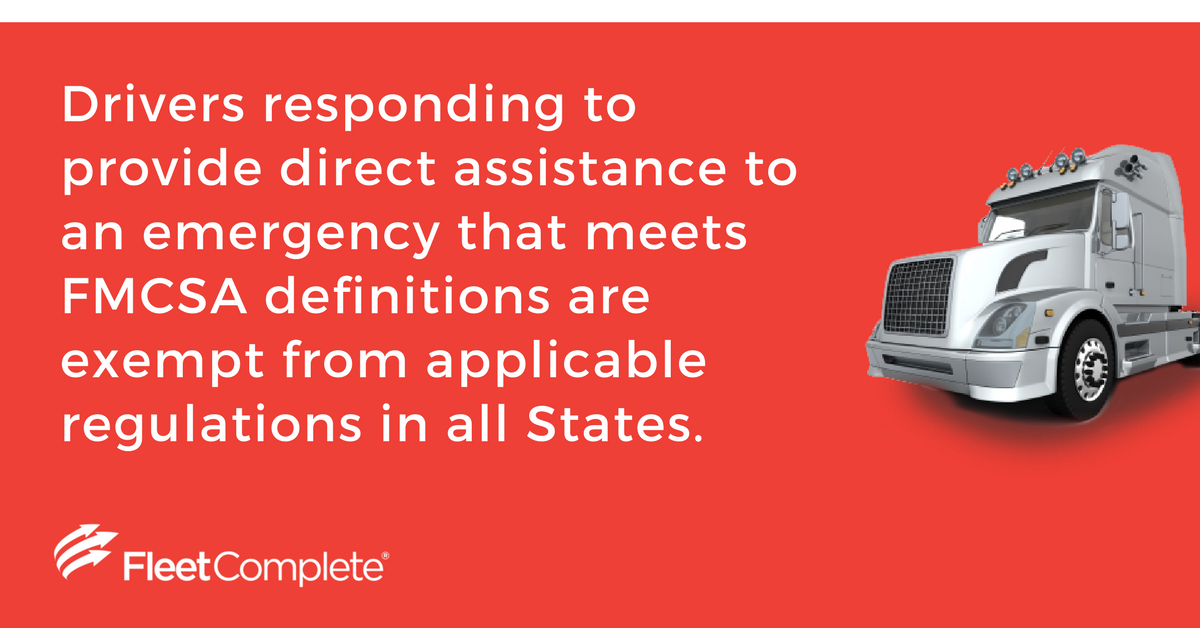
These emergency conditions were invoked to provide vital supplies and transportation services to a disaster area in the United States. These declarations trigger the temporary suspension of certain Federal safety regulations, including Hours of Service, for motor carriers and drivers engaged in the emergency relief effort.
Relief from Federal Motor Carrier Safety Regulations is limited to a maximum of 30 days, unless extended by FMCSA itself.
The information below reflects currently available relief:
- Drivers responding to provide “direct assistance” to an “emergency” meeting the definitions in 49 CFR 390.5 and declared by FMCSA or a governor, are exempt from applicable regulations in all States on their route to the emergency , even though those States may not be involved in the emergency or stated in the declaration of emergency.
- These exemptions, when in effect, only apply to 49 CFR Parts 390-399.
- 390 Federal Motor Carrier Safety Regulations
- 391 Qualifications of Drivers and Longer Combination Vehicle (LCV) Driver Instructors
- 392 Driving of Commercial Motor Vehicles
- 393 Parts and Accessories Necessary for Safe Operation
- 395 Hours of Service of Drivers
- 396 Inspection, Repair, and Maintenance
- 397 Transportation of Hazardous Materials; Driving and Parking Rules
- 398 Transportation of Migrant Workers
- 399 Employee Safety and Health Standards
- They do NOT exempt drivers/carriers from the requirements relating to CDL, drug/alcohol, hazardous materials, size & weight, or State/Federal registration and tax requirements. (However, a Governor’s Declaration may add some of those exemptions—read the declaration for details.)
- Even if an Emergency Declaration is still in effect, the emergency must be on going and a driver must be providing direct emergency assistance in order to be exempt from safety regulations.
- The list of Emergency Declarations below may not be complete. Declarations may be in effect even if not listed here. Read the declaration itself for all details.
- There is no requirement to carry a copy of the declaration in the vehicle unless stated so in the declaration itself.
- Drivers and carriers should coordinate with State emergency officials before providing assistance. State regulations regarding size and weight, permits, taxes, etc. may not have been waived.
- Even though safety regulations may be suspended, drivers and carriers are expected to use good judgment and not operate vehicles with fatigued or ill drivers, or under any conditions presenting a clear hazard to other motorists using the highways.
https://www.fmcsa.dot.gov/emergency/hurricane-harvey-2017
https://www.fmcsa.dot.gov/emergency#Fed-Emergency-Declarations-by-Service-Center
https://www.fmcsa.dot.gov/emergency#State-Emergency-Declarations-by-State











